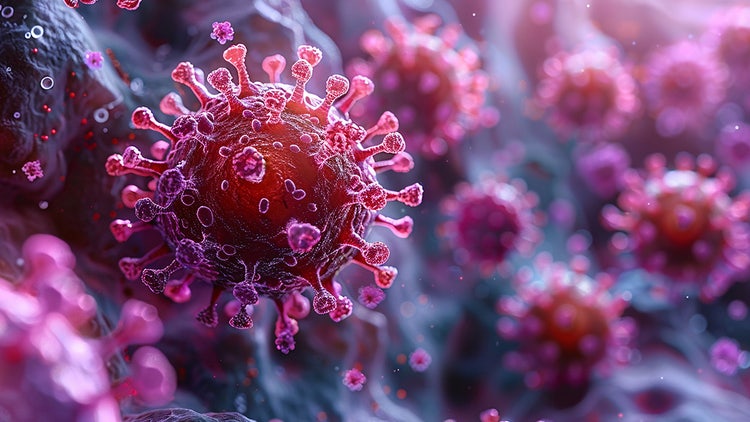Several gene therapies utilize modified Adeno-associated virus (AAV) as vectors to deliver therapeutic genes to target cells. AAV vectors are ideal vehicles for delivering genes since they evoke mild immune responses in humans and can infect different types of cells. However, improper gene delivery may result in oncogenicity in patients. Because of this, there are stringent regulations around AAV-based therapies. Consequently, researchers are continuously working to improve AAV vector technology to enhance the accuracy and efficiency of gene delivery.
At present, the development of AAV-based drugs is associated with high overhead expenses. Each batch of AAV vectors requires a significant investment of money and time before they are ready for clinical use. In part, this is because analyzing complex AAV sample batches and generating high-quality data while minimizing product loss and wastes can be challenging. Protein aggregates and other impurities in AAV samples can compromise drug safety and efficacy. Faster and more powerful analytical methods will greatly aid AAV development, improving drug safety and reducing time to clinic.
Solutions such as the Phenomenex Biozen™ d-SEC7 column can enable labs to accelerate AAV sample analysis for aggregates and misfolding by utilizing advanced Size Exclusion Chromatography (SEC) analytical columns. This product resolves monomers from dimers of various AAV serotypes and has been shown to reduce sample consumption by up to 90% compared to traditional SEC columns.
By reducing sample waste and improving reliability, tools like Phenomenex d-SEC7 column greatly improve AAV analysis, helping labs ensure the safety of AAV-based therapeutics and bring novel therapies to patients.
To learn more about how advanced analytical tools can optimize AAV-based gene therapy development, contact an expert at the Life Sciences companies of Danaher today.
Tackling High Costs of Developing AAV-Based Therapeutics
